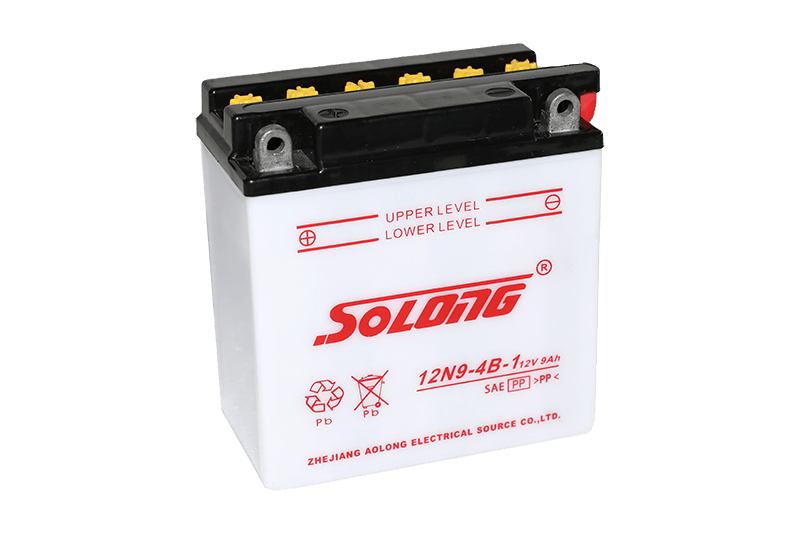

Lithium is an important element in battery technology. […]
Lithium is an important element in battery technology. Its unique electro-chemical properties make it ideal for use in a variety of applications. Some of these applications include solar panels, cell phones, laptops, and other electronic devices. Lithium is also used to power electric airplanes. This article will discuss the various components of a lithium battery.
One of the most important components of a lithium battery is the anode. The anode is made of a material called graphite. It is a dense material that is easy to fabricate. Its density makes it a viable material for battery applications. There are several types of anodes. The anodes may be made of graphite, or they may be made of a different material.

Lithium batteries are increasingly used in consumer electronics, such as mobile phones, laptops, and tablets. The growth of the Internet and the improvement of consumer lifestyles are driving the demand for lithium batteries. Moreover, government support and the increasing popularity of EVs are also driving the market for lithium battery components.
Lithium-ion batteries contain four main components. The negative electrode is known as the anode, while the positive electrode is known as the cathode. The lithium ions in a cell move from the anode to the cathode during discharge and charging. Graphite is the most common material used for the anode. Other common materials for the cathode include lithium iron phosphate, lithium manganese oxide, and lithium cobalt oxide. Each of these materials offers different benefits and different voltages.